Beyond the Green: Rediscovering Trees in Their Winter Form
From frustration to fascination with trees in their winter state. How the changing seasons transformed my view of trees and opened new photographic possibilities.
Before we get into todays article, I had the pleasure of talking with a few weeks back, which has been published as the Sunday interview earlier today. If you would like to know a little bit more about my approach to photography, photographers I admire and few other interesting bits and pieces, then be sure to give it a read. With that shameless plug out of the way, lets get back to trees 😀
It's a curious thing how we photographers sometimes dismiss entire subjects or genres based on a few disappointing attempts. For the longest time, I've had a rather complicated relationship with woodland photography. Despite numerous attempts to capture the majesty of forests, I never quite managed to produce images that truly satisfied me.
Perhaps it was my slight aversion to the overwhelming green that dominates woodland scenes, or maybe it was the distinct lack of photogenic forests on my doorstep here in Ely. Whatever the reason, I'd largely shelved woodland photography, focusing instead on subjects and scenes that more reliably yielded results I was happy with.
That was until this winter, when I discovered something that had been hiding in plain sight all along.
The Revelation
As I cycled and ran through The Fens during the colder months, something unexpected caught my eye – the stark, architectural beauty of naked trees against our vast Cambridgeshire skies. Without their summer foliage, these trees revealed intricate structures that were normally hidden – networks of branches creating fascinating patterns against the winter light.
What I had previously seen as dormant, lifeless forms waiting for spring suddenly became compelling subjects in their own right. The absence of leaves wasn't a lack but a different kind of presence – one that revealed character, age, and a certain dignified resilience that resonated with me.
Finding My Approach
Almost immediately, I knew I would be processing these images in high-contrast black and white. The monochrome treatment perfectly emphasised the graphic qualities of these bare trees – their silhouettes, the textural details of bark, and the dramatic interplay between branches and sky.
Without the distraction of colour, the essential forms became the focus. A gnarly old oak on the edge of a road. A solitary willow bending over the river. A line of poplars standing sentinel along a fields edge. Each had a story that seemed easier to read in their winter state.
Working with these subjects felt completely different from my previous woodland attempts. Instead of trying to make sense of chaotic, green-saturated scenes, I was isolating individual characters in the landscape – taking portraits, essentially, of these living landmarks.
The Race Against Spring
As February gave way to March, and the first hints of budding green began to appear, I found myself in an unexpected race against time. What had started as a casual interest quickly transformed into a fascination as I realised my window of opportunity was closing.
I began planning cycling routes to get me further afield and visit promising trees I'd spotted from the car. I found myself happily braving the biting Fenland winds, to capture these portraits before spring clothed them once again.
There's something wonderfully urgent about photography that follows nature's calendar. It demands commitment and reminds us that some scenes are fleeting, available only in particular seasons or specific weather conditions.
Changing Perspective
What strikes me most about this experience is how dramatically my perspective shifted. The same trees I'd cycled past without a second glance throughout previous winters suddenly became sources of endless fascination. Nothing about them had changed – only the way I saw them.
It's a powerful reminder of how our creative vision develops. Sometimes it's not about finding new locations or investing in different equipment; it's about seeing familiar things with fresh eyes. The trees hadn't changed, but my ability to recognise their photographic potential had.
This experience has made me wonder what other subjects I might be overlooking, what other beauty might be hiding in plain sight, waiting for me to adjust my perspective.
Beyond Winter
As spring unfolded and the leaves returned, the trees transformed again, retreating behind their green disguises. But I'll look at them differently now, knowing what architectural wonders lie beneath.
And perhaps that's the greater lesson here. By understanding the bones of these trees – their essential structures and forms – I might finally develop the eye needed to make more compelling woodland images even in the summer months. And if not, well autumn will come soon enough, my friends will return once again and I’ll have a full season to explore their photographic potential.
What began as a winter diversion has given me new appreciation for trees in all their seasonal guises. It's shown me how changing one's perspective can reveal creative opportunities that were always there, just waiting to be discovered.
Have you ever had a similar experience where seeing something familiar in a new way unlocked creative possibilities? I'd love to hear about it in the comments.
---
*Thanks for reading The Photographer's Eye! Subscribe for free to receive new posts and support my work.*





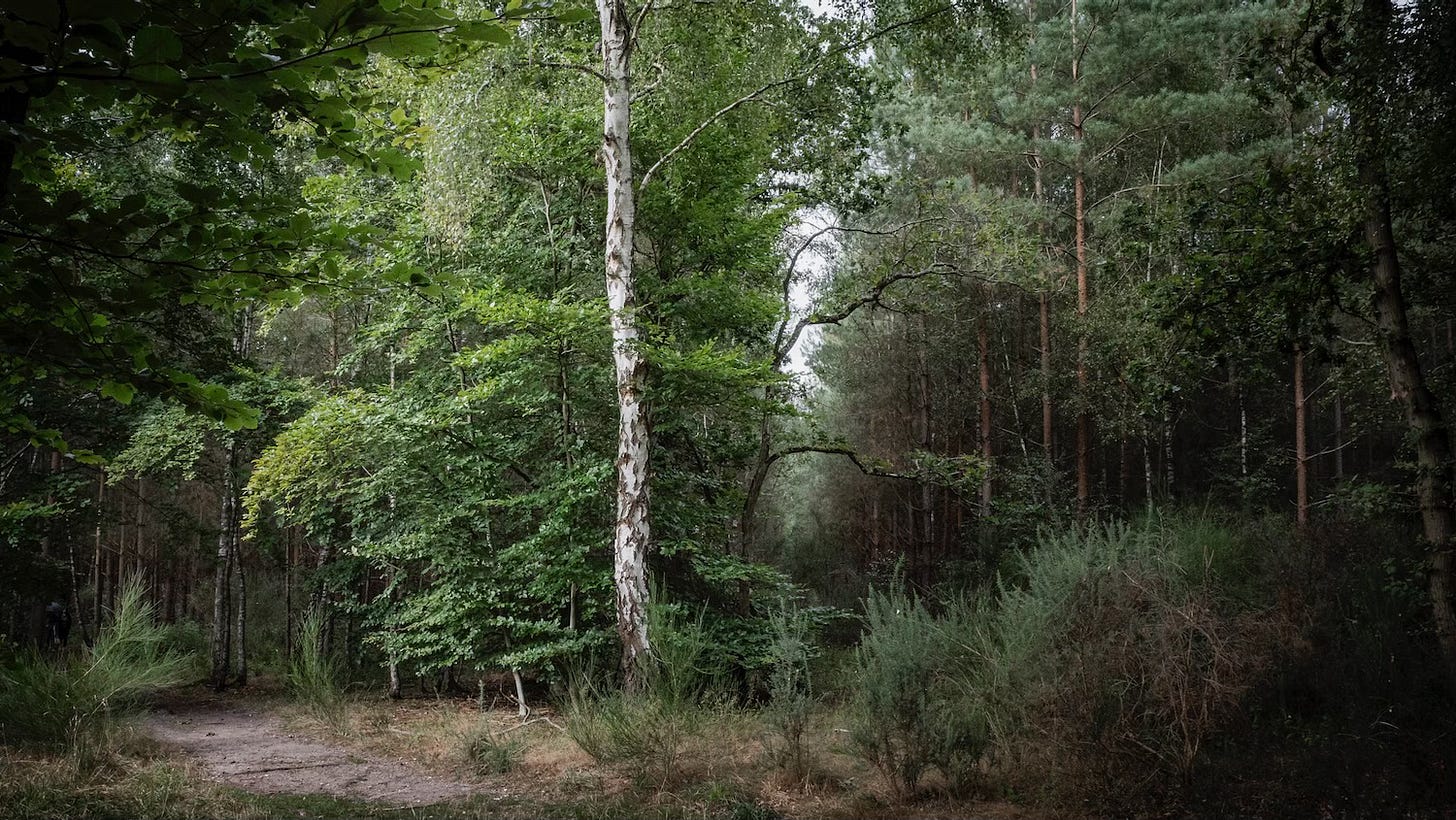
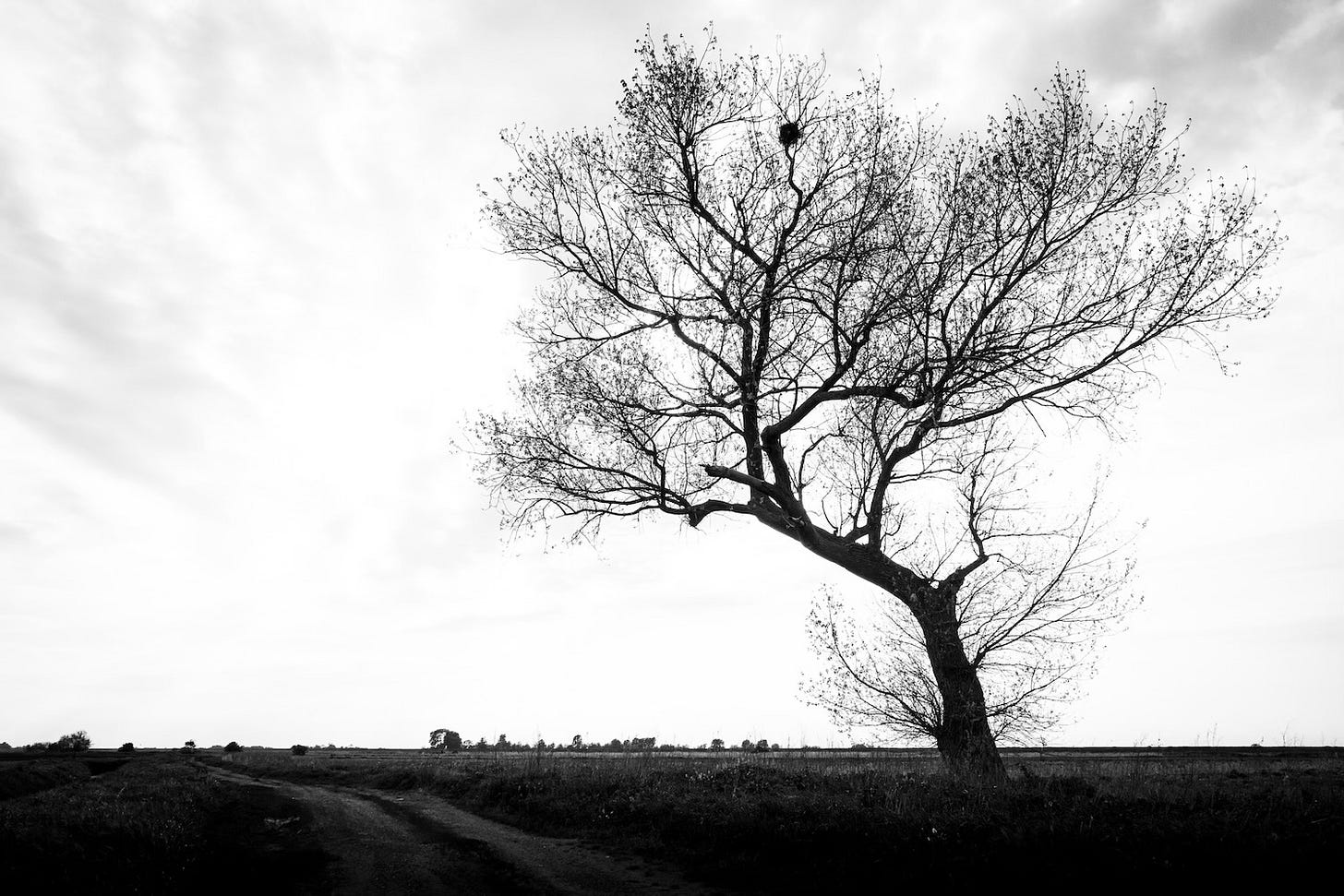
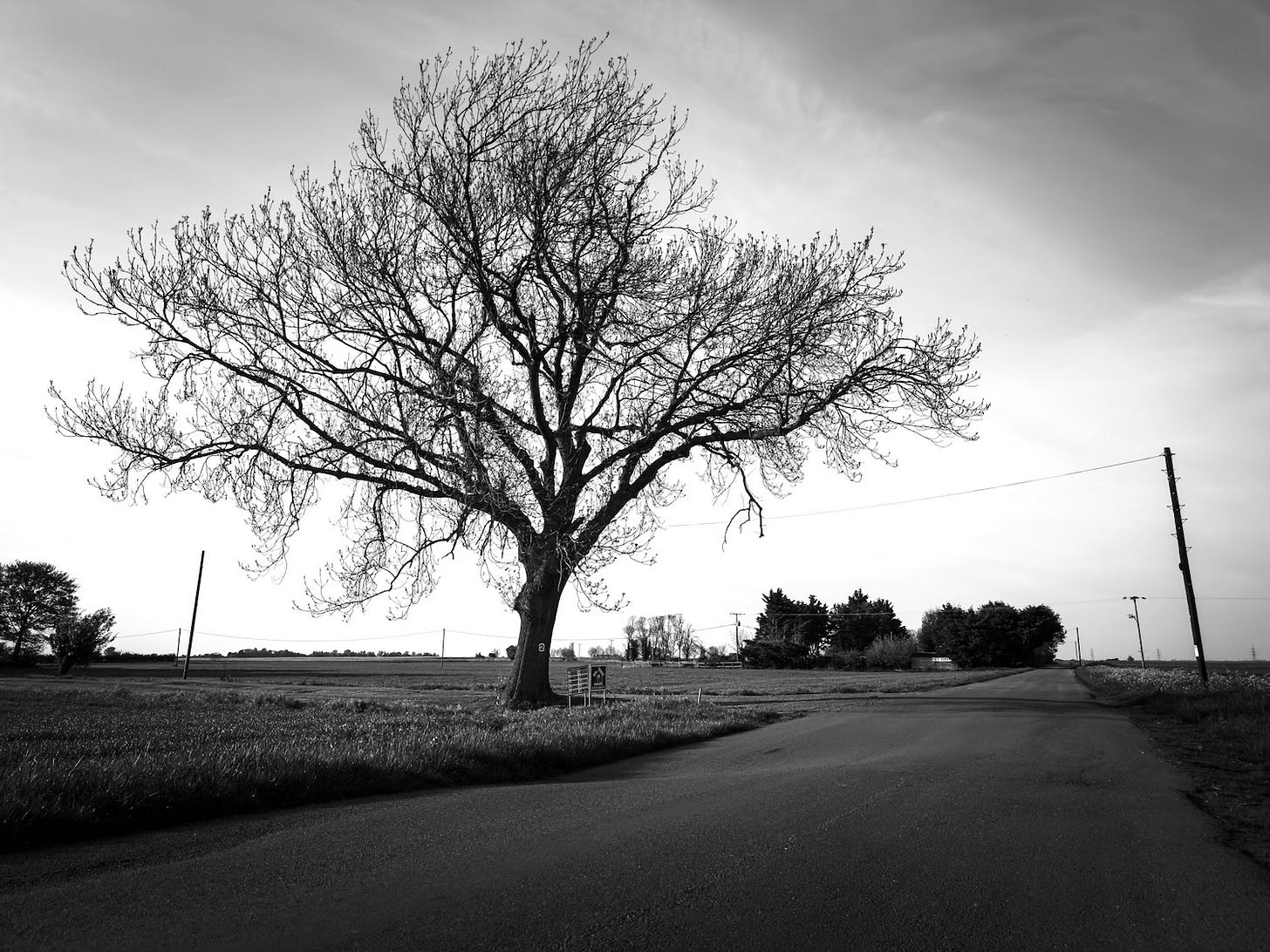

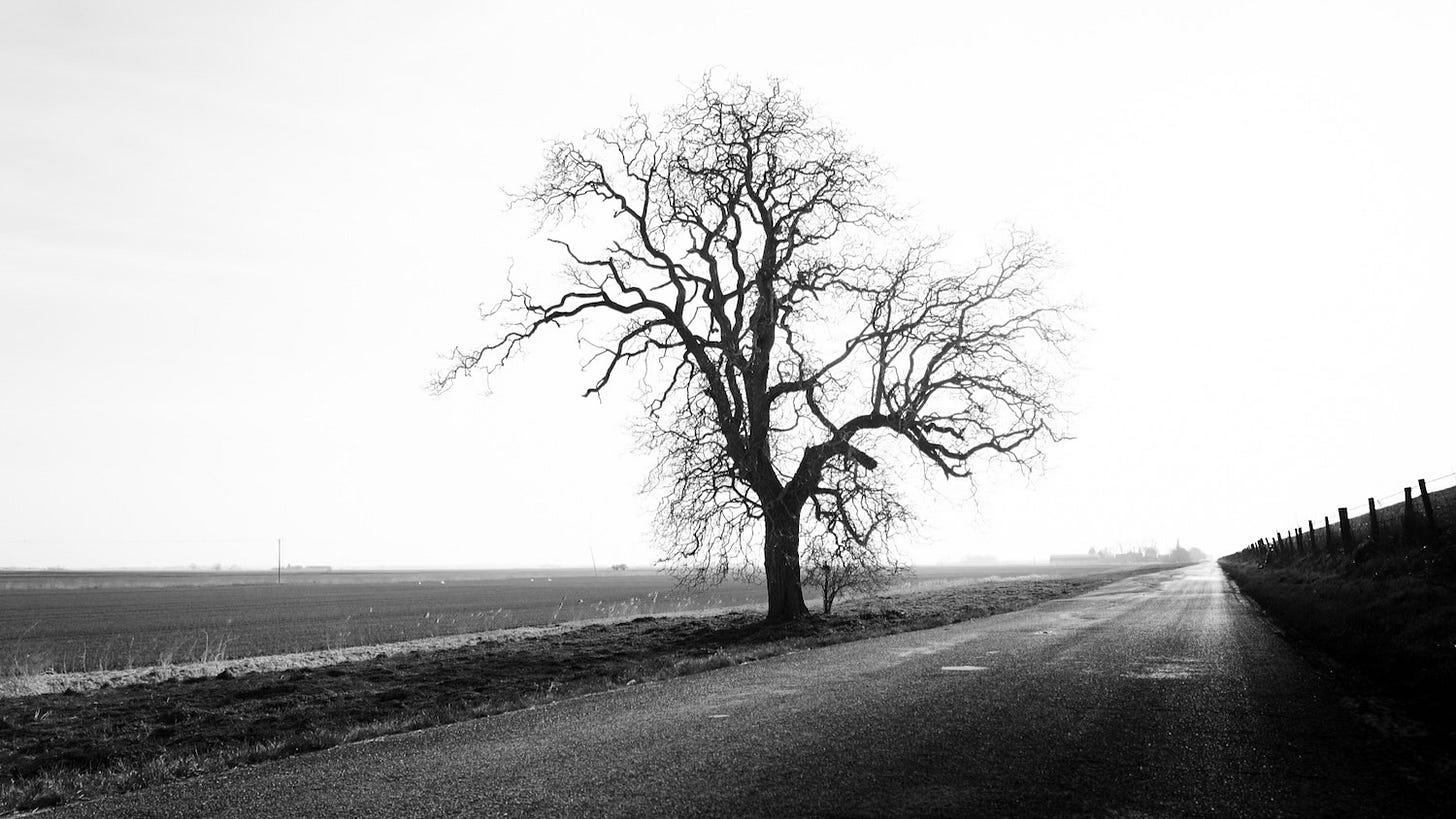

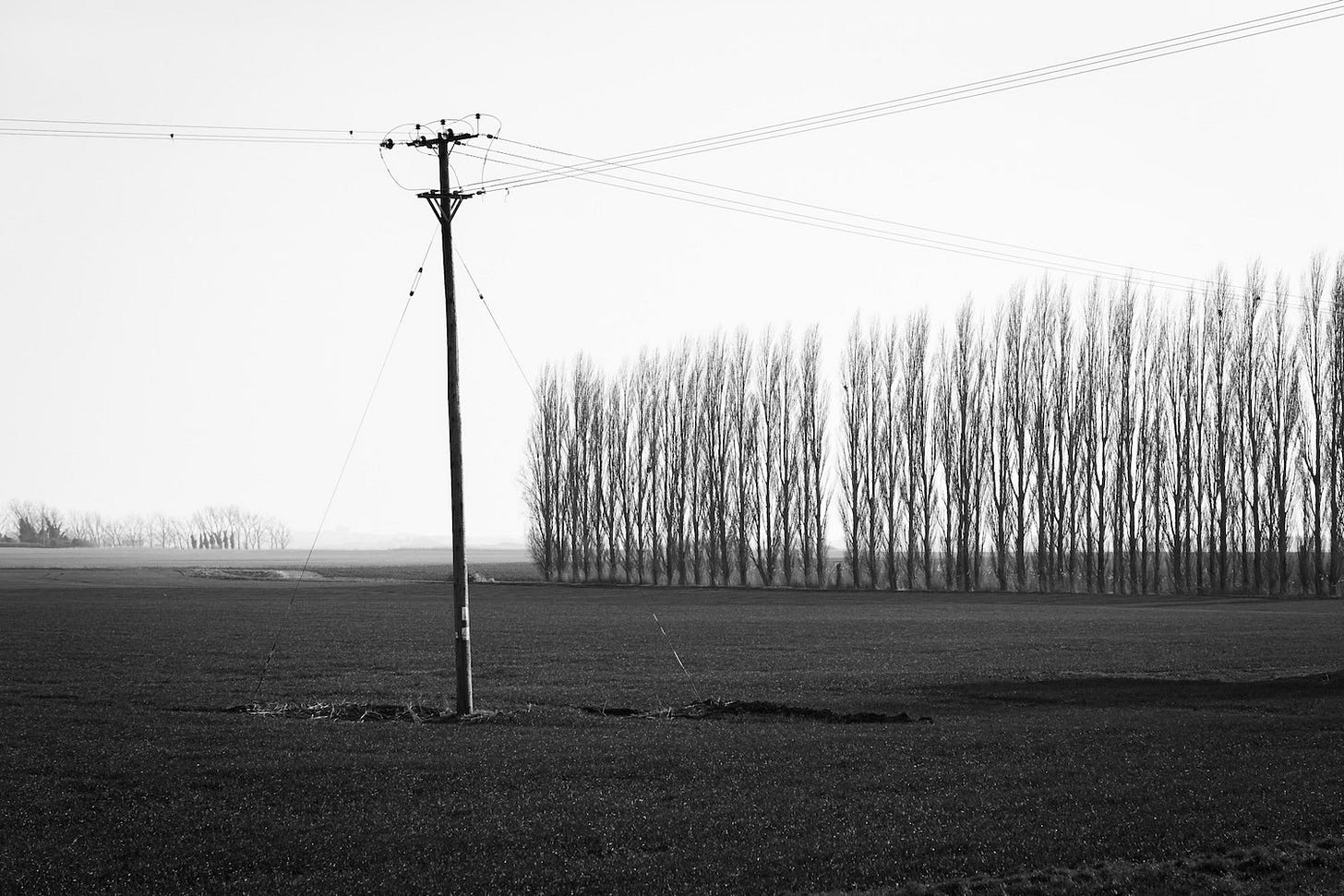

Beautiful images Giles! I have to admit that although I love the beautiful spring and autumn shows trees bring us I love the winter. Nothing does it more than a lone tree in a field for me! And yes, I can really relate to that feeling of almost rushing to make images of trees before the spring growth changes their form. 😊
Fantastic post Giles, and a lesson to us all, thanks for sharing.